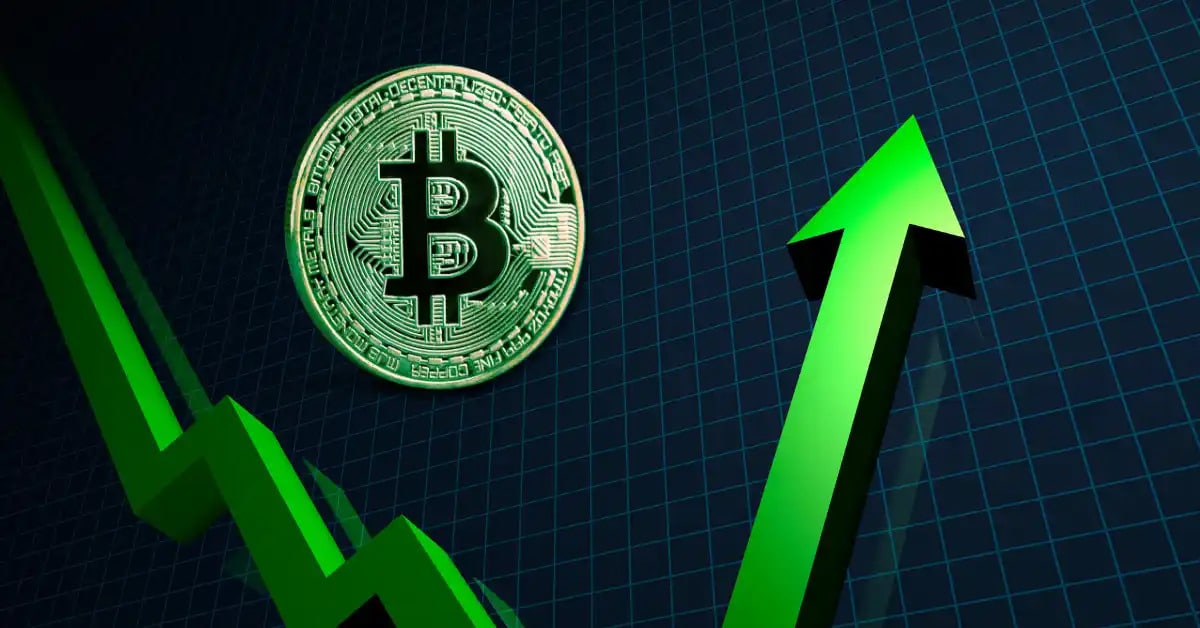Introduction Bitcoin Price
In the realm of digital currencies, few have captured the public imagination and investment fervor quite like Bitcoin. Launched in 2009 by an anonymous entity known as Satoshi Nakamoto, Bitcoin Price introduced the world to the concept of decentralized digital currency. Over the years, its value has fluctuated wildly, garnering attention from investors, regulators, and enthusiasts alike.
The Meteoric Rise
Bitcoin Price journey began humbly, with negligible value in its early days. However, as its potential as a digital asset and store of value became evident, its price began to climb steadily. The year 2017 witnessed an unprecedented surge, with Bitcoin Price value soaring from a few hundred dollars at the beginning of the year to nearly $20,000 by December. This meteoric rise was fueled by increasing mainstream adoption, media coverage, and speculative trading.
Peaks and Valleys
Like any burgeoning market, Bitcoin Price is subject to extreme volatility. The year 2018 saw a sharp correction, as the euphoria of the previous year gave way to regulatory concerns, security breaches at exchanges, and investor caution. Bitcoin’s price plummeted, shedding over 80% of its value from its peak.
Since then, Bitcoin Price has experienced cycles of peaks and valleys, with each surge followed by a period of consolidation or correction. Factors influencing these price movements include regulatory developments, macroeconomic trends, technological advancements, and shifts in investor sentiment.
Market Dynamics
 The Bitcoin Price is primarily determined by supply and demand dynamics in the open market. Unlike traditional currencies, Bitcoin’s supply is capped at 21 million coins, a factor that proponents argue preserves its value over time. However, this scarcity also makes it susceptible to price manipulation and speculation.
The Bitcoin Price is primarily determined by supply and demand dynamics in the open market. Unlike traditional currencies, Bitcoin’s supply is capped at 21 million coins, a factor that proponents argue preserves its value over time. However, this scarcity also makes it susceptible to price manipulation and speculation.
Moreover, Bitcoin’s decentralized nature means it is not tied to any government or central bank policies. This independence appeals to those seeking an alternative to traditional financial systems but also contributes to its volatile price swings.
Investor Sentiment and Adoption
Investor sentiment plays a crucial role in Bitcoin Price fluctuations. Positive news such as institutional adoption, regulatory clarity in major markets, or advancements in blockchain technology often drive prices higher. Conversely, negative news such as security breaches, regulatory crackdowns, or market manipulation can lead to sharp declines.
The increasing institutional interest in Bitcoin, evidenced by major companies and financial institutions integrating it into their investment portfolios, has provided a degree of stability compared to its early years. However, it remains an asset class that requires a high tolerance for risk due to its volatility.
The Future Outlook
As Bitcoin Price continues to mature, its price dynamics are likely to evolve. Ongoing developments in blockchain technology, regulatory frameworks, and macroeconomic conditions will influence its trajectory. Proponents argue that Bitcoin represents a paradigm shift in finance, offering a decentralized alternative to traditional currencies and assets. Skeptics point to its volatility and regulatory challenges as significant hurdles to mainstream adoption.
The Impact of External Factors
Beyond its inherent market dynamics and investor sentiment, Bitcoin’s price is also influenced by broader economic factors. Economic instability, geopolitical events, and monetary policy decisions can all affect the cryptocurrency market. For instance, during times of economic uncertainty or currency devaluation in certain regions, Bitcoin has been viewed as a safe haven asset akin to gold, leading to increased demand and higher prices.
Similarly, governmental regulations and policies regarding cryptocurrencies can have a profound impact on Bitcoin price. The legal status of Bitcoin varies widely across different jurisdictions, with some countries embracing it as a legitimate form of payment or investment while others impose restrictions or outright bans. Regulatory developments, such as the approval of Bitcoin exchange-traded funds (ETFs) in certain markets, have been known to spark significant price movements as they signal increased institutional acceptance.
Technological Advancements and Innovation
The underlying technology behind Bitcoin, blockchain, continues to evolve and innovate. Beyond its original use case as a peer-to-peer electronic cash system, blockchain technology has found applications in various industries, including finance, supply chain management, and healthcare. The development of scalability solutions, improvements in transaction speed and cost, and the emergence of decentralized finance (DeFi) platforms built on blockchain networks all contribute to Bitcoin’s ecosystem and its perceived value.
Environmental and Sustainability Concerns
Bitcoin Price mining, the process by which new Bitcoins are created and transactions are validated on the blockchain, has come under scrutiny for its energy consumption. The computational power required for mining operations, particularly those using proof-of-work consensus mechanisms like Bitcoin, consumes a significant amount of electricity. Concerns about the environmental impact of Bitcoin mining have prompted debates within the cryptocurrency community and led to initiatives exploring more energy-efficient alternatives.
Looking Ahead Challenges and Opportunities
As Bitcoin Price approaches its second decade, it faces both challenges and opportunities. Regulatory clarity, technological advancements, and broader adoption will likely shape its future trajectory. The integration of Bitcoin into traditional financial systems, through platforms like payment processors and banking services, could further stabilize its price and enhance its utility as a medium of exchange and store of value.
Moreover, innovations in blockchain technology, such as the development of more sustainable consensus mechanisms or advancements in privacy and security features, may address some of the current criticisms and propel Bitcoin into new realms of adoption.
Conclusion
The Bitcoin Price remains a topic of intense interest and debate, reflecting its dual nature as both a groundbreaking technology and a speculative asset. Its volatility, while a source of opportunity for traders and investors, underscores the challenges inherent in establishing a stable and widely accepted digital currency. As Bitcoin Price continues to evolve, its resilience and adaptability will be tested by regulatory developments, technological advancements, and shifts in global economic landscapes. Whether it achieves mainstream acceptance or remains on the fringes of the financial system, Bitcoin’s journey continues to unfold, shaping the future of digital finance.
You Many Also Read: Connections Hint Today
 The Bitcoin Price is primarily determined by supply and demand dynamics in the open market. Unlike traditional currencies, Bitcoin’s supply is capped at 21 million coins, a factor that proponents argue preserves its value over time. However, this scarcity also makes it susceptible to price manipulation and speculation.
The Bitcoin Price is primarily determined by supply and demand dynamics in the open market. Unlike traditional currencies, Bitcoin’s supply is capped at 21 million coins, a factor that proponents argue preserves its value over time. However, this scarcity also makes it susceptible to price manipulation and speculation.

